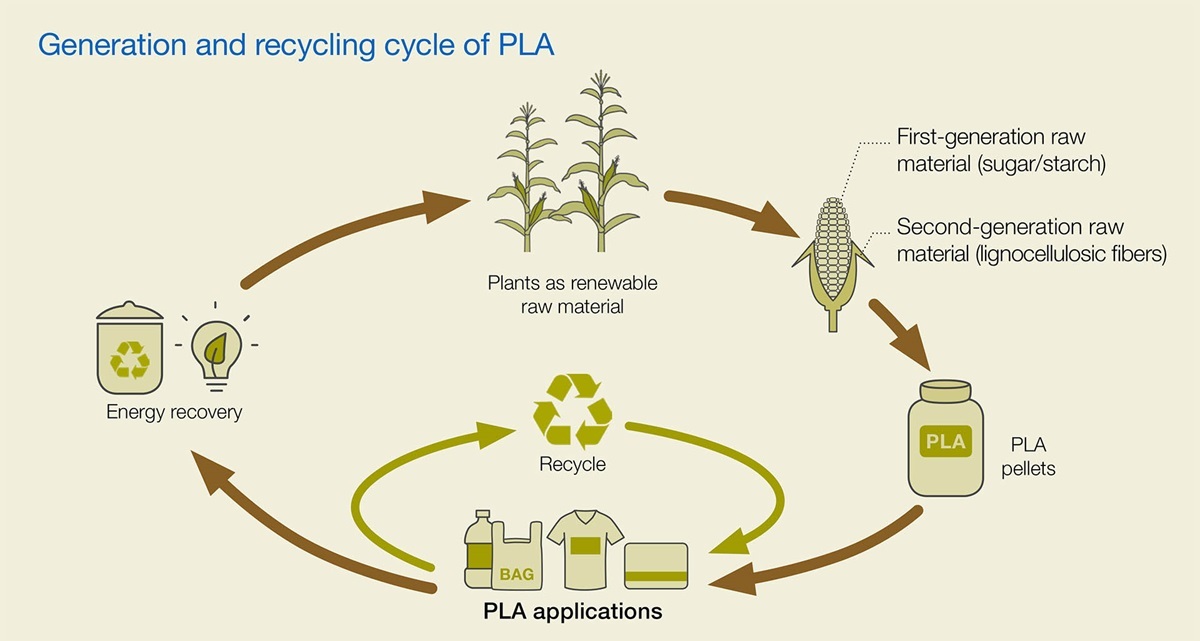

Date: 10th October 2019
A client asked this recently. We predominantly use 'polylactic acid' (PLA) also known as 'polylactide' for 3D printing purposes. We 3D print most plastic components as it is usually the quickest and easiest method (depending on size and other requirements).
It is not derived from petrochemicals, rather it is a bioplastic made from renewable resources such as corn, cassava, sugarcane or sugar beet pulp.

PLA was developed in the 1920s by Wallace Corothers, the scientist who invented nylon source: https://bioplasticsnews.com/polylactic-acid-or-polylactide-pla. It has similar properties to polypropylene or polyethylene.
It is ideal for desktop 3D printing and is available in a variety of colours. Unlike some other 3D printing materials (such as polyamide) it is easier to work with as it does not pick up dirt too easily in a workshop environment. Along with other rapid-prototyping techniques, being able to rapidly create small plastic components this way has made a big impact on research and development.

It has quite a low melting point (180°C) and is not suitable in temperatures above about 50°C so it can't be used in hot environments but it is quite tough and durable at room temperatures. It biodegrades into innocuous substances and for this reason it can be used for medical implants. However, we have found that after a few years it loses strength and becomes brittle.
Details about the chemical composition can be found on this wiki page https://en.wikipedia.org/wiki/Polylactic_acid
It is versatile and not too expensive. Normally a reel of PLA filament costs about £25 (1kg).
Please get in touch if you have a project that you would like to discuss.